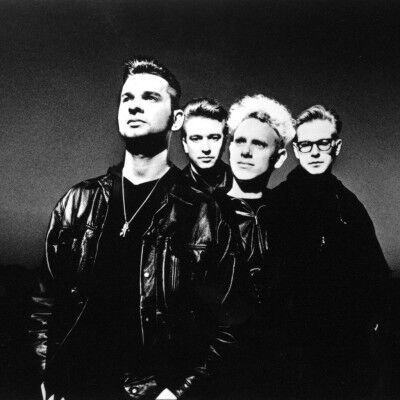Electronic Music Goes Pop
Popular music, a dynamic and ever-evolving genre, emerged as a melting pot of various musical styles in the mid-20th century. This genre, often abbreviated as 'pop', is characterized by its widespread appeal and accessibility to the general audience. It's an amalgamation of diverse musical influences including rock, jazz, blues, folk, and classical elements. Iconic pop artists such as The Beatles, Elvis Presley, and Madonna, have been instrumental in shaping and defining the contours of popular music over the years. During the same period, electronic music began to surface, initially perceived as an avant-garde and academic pursuit. Early electronic music explored new sounds and production techniques, creating a unique sonic landscape. It was more experimental, with artists like Kraftwerk and Jean-Michel Jarre leading the charge, releasing groundbreaking albums that challenged traditional notions of music and sound.
As the 1960s and 1970s unfolded, a fascinating integration of electronic and popular music began to take shape. Artists in the pop genre started experimenting with electronic sounds, blending them with traditional pop music elements. The Beatles' "Tomorrow Never Knows" and Pink Floyd's "On the Run" are prime examples of this fusion, showcasing innovative use of synthesizers and electronic effects. This era marked the beginning of a new musical journey, where electronic elements were no longer confined to the fringes but started becoming a staple in mainstream music.
The 1980s witnessed a significant transformation in the music landscape, with electronic music firmly establishing itself in the pop scene. This period saw the rise of 'synth wave' bands, where synthesizers and electronic instruments began to replace traditional guitars. Bands like Depeche Mode, New Order, and artists such as Gary Numan became iconic figures of this era, exemplifying the synth-pop genre. However, this shift led to a backlash from traditionalists who preferred guitar-led pop music, creating a divide in the music community.
The 1990s marked a clear dichotomy in musical preferences, characterized by two dominant scenes: the rave culture, focused on electronic music and DJing, and the grunge movement, which leaned towards a rawer sound with guitars, bass, and drums, echoing the spirit of punk music. The rave scene celebrated electronic beats and dance music, while grunge, with bands like Nirvana and Pearl Jam, harked back to rock's more unpolished roots. This period highlighted the distinct paths electronic and traditional pop music were taking, yet it also set the stage for a future convergence.
The advent of the 21st century heralded a new era where pop music became increasingly influenced by technology and electronic music. Artists like David Guetta, Calvin Harris, and Marshmello dominated the charts with hits that were a blend of pop sensibilities and electronic beats. This era also saw the integration of electronic music into other genres like hip-hop, R&B, country, and even gospel, creating a rich tapestry of sounds and styles. The boundaries between genres blurred, as electronic music became a fundamental element in the production and composition of modern pop music.
The journey of electronic music from an avant-garde niche to a dominant force in the music industry illustrates its profound impact on popular culture. Today, electronic music is not just a genre; it's an integral part of the music industry's DNA, influencing various styles and artists worldwide. As we look to the future, it's exciting to speculate where this blend of technology and creativity will take the music industry next, with electronic dance music (EDM) now a major player on the global stage. The evolution of music production and the continued fusion of genres suggest an ever-evolving landscape, where the possibilities are as limitless as the creativity of the artists themselves.

